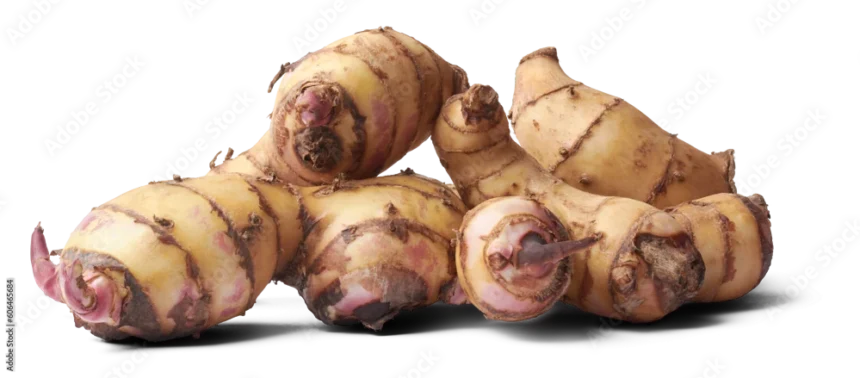South Africa is home to a rich diversity of flora, including numerous indigenous medicinal plants that have been used for centuries by various indigenous communities for their healing properties. These plants offer a glimpse into the traditional knowledge and wisdom of the people who have relied on them for their healthcare needs. Let’s explore some of the indigenous medicinal plants of South Africa and their healing powers.
- Rooibos (Aspalathus linearis): Rooibos is a popular medicinal plant native to the Cederberg region of South Africa. The leaves of this plant are used to prepare a herbal tea that is known for its high antioxidant content. Rooibos tea is believed to have a range of health benefits, including reducing inflammation, relieving allergies, improving digestion, and promoting healthy skin.
- African Wormwood (Artemisia afra): African Wormwood, also known as Umhlonyane, is a widely used medicinal plant in South Africa. It has a long history of traditional use for treating various ailments, including respiratory conditions, digestive disorders, and fever. The leaves and stems of this plant are often prepared as infusions or inhaled for their medicinal properties.
- Sutherlandia (Lessertia frutescens): Sutherlandia, or “Cancer Bush,” is a medicinal plant that has been used by indigenous communities in South Africa for centuries. It is believed to have immune-boosting properties and is traditionally used to support the treatment of conditions such as cancer, HIV/AIDS, and tuberculosis. Sutherlandia is often prepared as a tea or taken in capsule form.
- Buchu (Agathosma betulina): Buchu is an aromatic shrub native to the Western Cape region of South Africa. The leaves of this plant have a long history of traditional use for urinary tract infections, stomach ailments, and general wellness. Buchu is often prepared as a herbal infusion or used topically as an essential oil for its antimicrobial and anti-inflammatory properties.
- Hoodia (Hoodia gordonii): Hoodia is a succulent plant traditionally used by the San people of Southern Africa to suppress appetite and thirst during long hunting trips. The plant gained global attention for its potential as a natural weight-loss aid. While further research is needed, Hoodia is believed to affect the appetite-regulating center of the brain, making it a subject of interest in the field of weight management.
- Devil’s Claw (Harpagophytum procumbens): Devil’s Claw is a medicinal plant found in the Kalahari region of South Africa. Its tuberous roots have been used for centuries to alleviate pain and reduce inflammation, particularly in conditions such as arthritis and back pain. Devil’s Claw is available in various forms, including capsules, extracts, and topical ointments.
It’s important to note that while indigenous medicinal plants have a long history of traditional use, it’s always recommended to consult with a healthcare professional or traditional healer experienced in their usage before incorporating them into your healthcare regimen. Furthermore, sustainable harvesting and cultivation practices are crucial to preserve these plants and protect their ecosystems.
Join 'Farmers Mag' WhatsApp Channel
Get the latest Farming news and tips delivered straight to your WhatsApp
CLICK HERE TO JOIN






